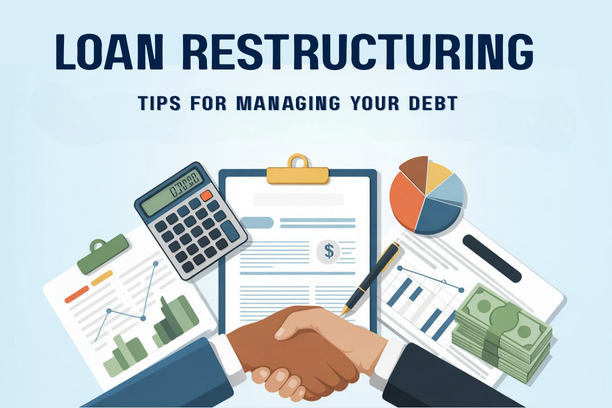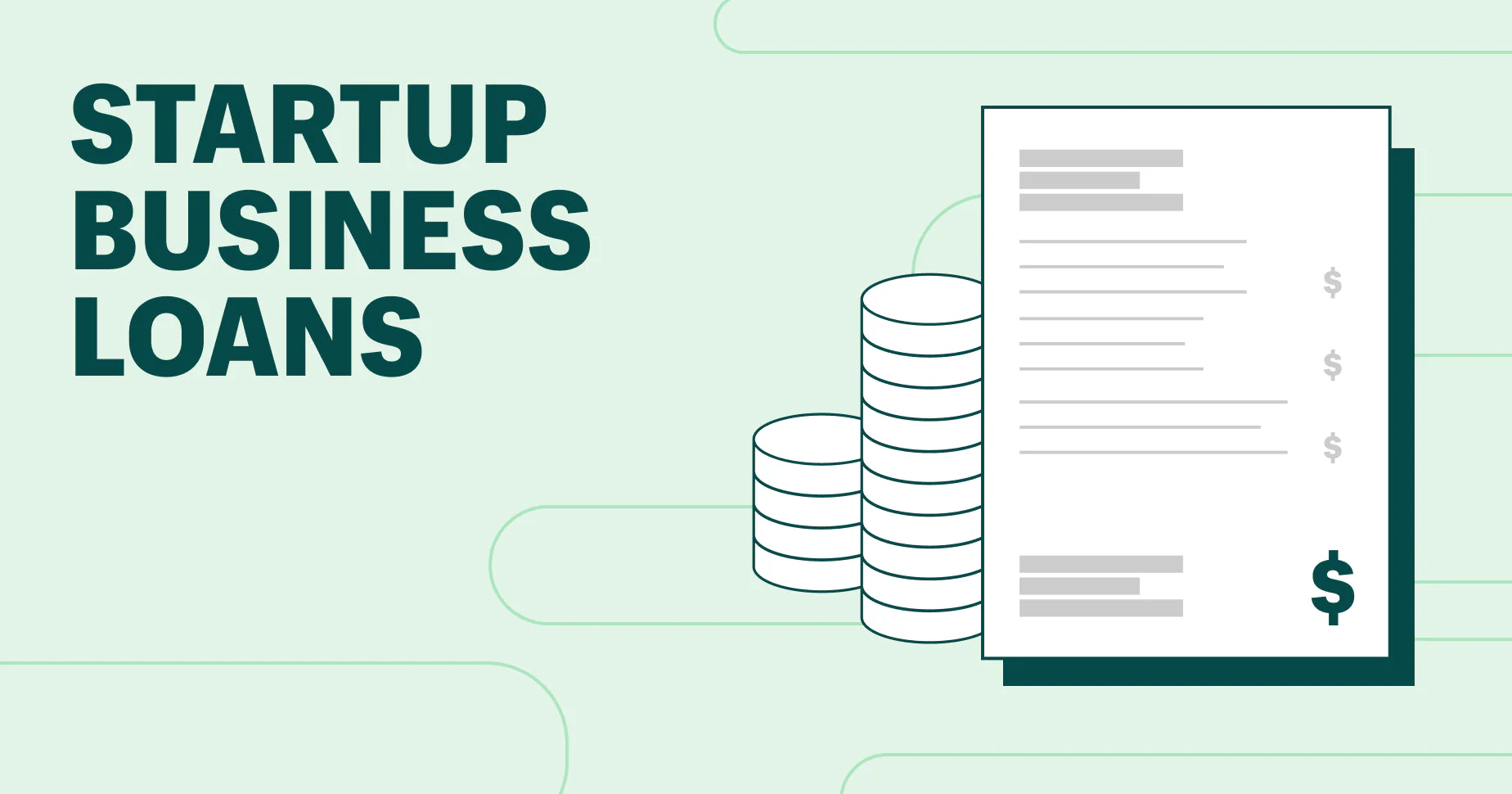Getting a home loan can seem like a daunting and complex process, especially for first-time homebuyers. The sheer number of requirements, the legal jargon, and the financial commitment can be overwhelming. However, with the right information and a clear understanding of the steps involved, the journey to home ownership can be a smooth and empowering experience. This article provides a comprehensive Your A-to-Z Guide to Getting a Home Loan in the Philippines, walking you through every phase of the process, from the initial preparation to the final disbursement of funds. By understanding each step, you can approach the process with confidence and make informed decisions that will benefit you for years to come.
The Foundation: Understanding the Home Loan Process
Before you start filling out forms and gathering documents, it’s essential to understand the basics of a home loan and the various players involved. This knowledge is the foundation of Your A-to-Z Guide to Getting a Home Loan in the Philippines.
The Anatomy of a Home Loan in the Philippines
A home loan is a long-term financial commitment. It is a loan secured by real estate, where the property itself serves as the collateral. The loan is typically paid back in fixed monthly installments over a period of many years, often from 5 to 30 years. The two most common types of home loans in the Philippines are:

- Fixed-Rate Loans: The interest rate on these loans remains the same for a specific period (e.g., 5, 10, or 20 years). This provides stability and predictability in your monthly payments, making it easier to budget. Once the fixed-rate period ends, the rate will be re-priced based on the prevailing market rates.
- Variable-Rate Loans: The interest rate on these loans can change periodically based on market fluctuations. While this can sometimes lead to lower payments, it also comes with the risk of your payments increasing if interest rates go up.
Understanding the difference between these loan types is crucial. Your choice will depend on your risk tolerance and your long-term financial strategy. For many first-time homebuyers, a fixed-rate loan is a popular choice because it offers peace of mind and a predictable financial commitment for the initial years of home ownership.
Key Players and Their Roles
A successful home loan application involves a collaboration between several key players, each with a distinct role:
- The Borrower: This is you, the person applying for the loan. Your financial history, income stability, and credit standing are the most important factors in the bank’s decision.
- The Lender (Bank): This is the financial institution that provides the loan. In the Philippines, this can be a universal bank (like BPI or BDO), a thrift bank, or a government institution like Pag-IBIG. The lender evaluates your application, approves the loan, and holds the property’s title as collateral until the loan is fully paid.
- The Seller: This is the developer or the individual from whom you are buying the property. They provide the necessary property documents and facilitate the transfer of ownership.
- The Mortgage Broker (Optional): A mortgage broker is a professional who helps you find the best home loan product from various banks. They can be a great asset, especially for first-time borrowers, as they can simplify the application process and provide expert advice.
Navigating these relationships effectively is a key part of Your A-to-Z Guide to Getting a Home Loan in the Philippines.
Step-by-Step: Your A-to-Z Guide to Getting a Home Loan in the Philippines
The home loan process can be broken down into four distinct phases, each with its own set of requirements and considerations.
Step 1: Pre-Qualification and Preparation
This is the most critical phase for a smooth application. Before you even apply, you must ensure you meet the bank’s basic eligibility criteria and prepare your finances.
- Eligibility Requirements: While requirements vary by bank, most lenders have similar criteria. You must be a Filipino citizen or a dual citizen (foreigners are often required to be married to a Filipino citizen). You must be at least 21 years old and no older than 65 at the time the loan matures. Banks will also require a stable source of income and a good credit history. For employed individuals, most banks require a minimum employment tenure of 2 years, while self-employed individuals and business owners must show a profitable business for at least the last 2 to 3 years.
- Financial Preparation: You should have a sufficient down payment saved up, typically 10% to 20% of the property’s value. You should also ensure that your monthly amortization will not exceed 30% of your gross monthly income. This is a crucial rule of thumb that banks use to assess your capacity to pay. During this phase, it is also a good idea to get a copy of your credit report from the Credit Information Corporation (CIC) to check for any errors or negative marks that could affect your application.
Step 2: The Application and Documentation Phase
This is where you submit your formal application and all the necessary documents to the bank. A complete and well-organized set of documents is key to a fast approval.
- Required Documents for Employed Individuals:
- Duly accomplished Home Loan Application Form.
- Valid government-issued IDs (Passport, Driver’s License, SSS, UMID, etc.).
- Proof of Income:
- Latest Certificate of Employment (COE) with salary breakdown.
- Latest 3 months’ payslips.
- Latest Income Tax Return (ITR) or BIR Form 2316.
- Required Documents for Self-Employed Individuals:
- Duly accomplished Home Loan Application Form.
- Valid government-issued IDs.
- Business Registration: DTI Registration (for a sole proprietorship) or SEC Registration, Articles of Incorporation, and By-Laws (for a corporation).
- Financial Statements: Latest 2 to 3 years of audited financial statements.
- Latest 2 to 3 years’ ITR (BIR Form 1701).
- Latest 6 months’ bank statements.
- List of major suppliers and clients.
- Required Documents for OFWs:
- Duly accomplished Home Loan Application Form.
- Valid government-issued IDs and a photocopy of your passport.
- Proof of Income:
- Employment Contract approved by the POEA.
- Certificate of Employment and Compensation (CEC) with salary and tenure.
- Proof of remittance for the last 6 months.
- A Special Power of Attorney (SPA) if an attorney-in-fact will be processing the loan on your behalf.
- Required Collateral Documents:
- Copy of the Transfer Certificate of Title (TCT) or Condominium Certificate of Title (CCT).
- Tax Declaration and Realty Tax Receipt.
- Contract to Sell or Deed of Absolute Sale (if the property has been purchased).
The Final Stretch: Approval, Disbursement, and Beyond
After submitting your documents, the process moves into the bank’s evaluation phase. This is the last leg of Your A-to-Z Guide to Getting a Home Loan in the Philippines.

Step 3: Loan Approval, Appraisal, and Signing
This phase is where the bank performs its due diligence on your application and the property itself.
- Credit Evaluation: The bank will review all your submitted documents, verify your income and employment, and check your credit history. This is to ensure you have the capacity and willingness to repay the loan.
- Property Appraisal: The bank will send an accredited appraiser to evaluate the property. The appraised value will determine the final loan amount the bank is willing to lend, which is typically 70% to 90% of the property’s market value.
- Loan Agreement Signing: Once your loan is approved, you will be asked to sign the loan agreement and other legal documents, including the Promissory Note and the Deed of Real Estate Mortgage.
Step 4: Disbursement, Turnover, and Repayment
This is the culmination of all your hard work. This is where the loan is released and you officially become a homeowner.
- Loan Disbursement: The bank will disburse the loan funds directly to the seller or the developer. The amount will be the principal loan amount, minus all the fees, such as the processing fee, documentary stamp tax, and appraisal fee.
- Property Turnover: The seller will then turn over the property to you. You will also be responsible for paying the transfer taxes and other closing costs to the government.
- Repayment: Your monthly repayment schedule begins. It is crucial to make your payments on time to maintain a good credit standing and avoid any late payment fees. You should also be aware of the prepayment penalty clause in your loan agreement, which may apply if you pay off the loan early.
Conclusion
Getting a home loan is a significant financial milestone. It is a long process with many steps, but by following Your A-to-Z Guide to Getting a Home Loan in the Philippines, you can navigate it with clarity and confidence. The key is to be prepared, organize your documents meticulously, and ask questions at every stage. Homeownership is not just a dream; it is an achievable goal that starts with a single, well-prepared step.













